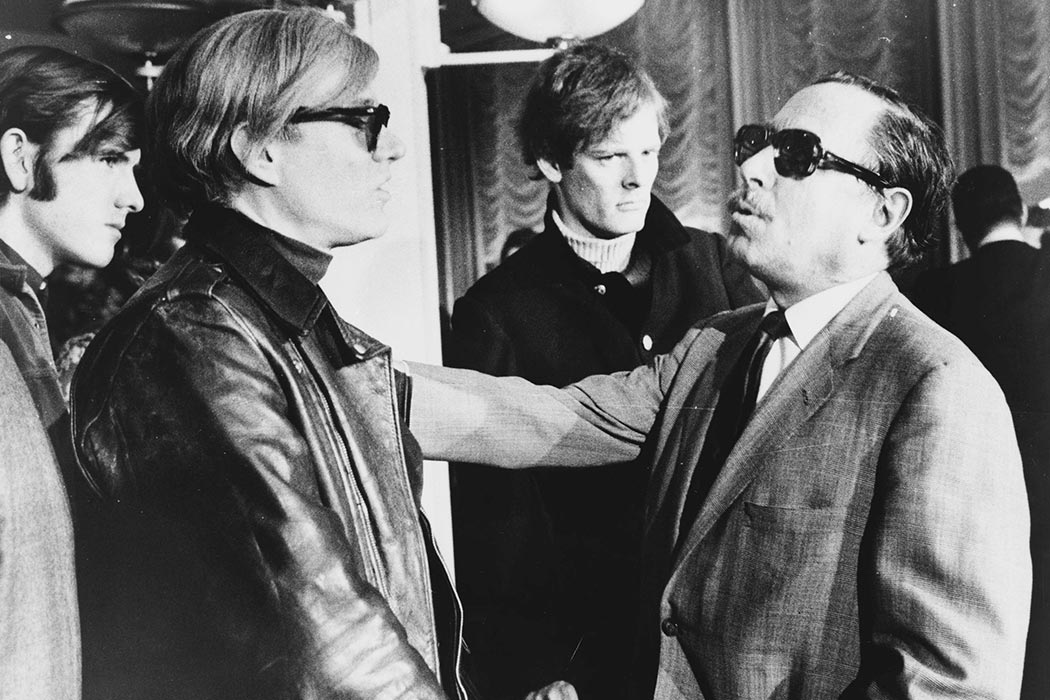Andy Warhol is inextricably identified with pop art, repetition, and artifice—a deep obsession with the superficial that can madden, disturb, and intrigue. But much of Warhol’s work did not involve soup cans or screen prints. From 1964 to 1966, Warhol shot nearly 500 “screen tests,” silent films that simply gazed upon friends, celebs, and Factory visitors.
The films were just 2.5 minutes long, but they were screened at a mesmerizingly slow speed. The result is disconcerting and oddly engrossing—they’re like slow-motion moving portraits. “These screen tests are great entertainment,” The New York Times’ Sarah Boxer observed. “But aside from that, what are they?”
Brigitte Weingart sees them as an exploration of glamor and the gaze. She plays with the word glamor—one that’s inextricably linked with Warhol’s celebrity obsessions—and points out that it can be both magical (glamor is a form of enchantment, after all) and aspirational (glamor can be a type of grammar used to achieve more beauty and fame).
Weingart looks at Warhol’s screen tests as an exploration of that fragmented idea of glamor. “Even in the sterile, minimalist setting of the Screen Tests,” she writes, “glamor is staged.” She looks at the setting—a static 16mm camera, 100 inches of black and white film, a spotlight and a background screen—and finds that it enabled a kind of artificial reality, one in which people could show up as themselves or pose as glamorous version of themselves.
The true test of a screen test subject, writes Weingart, is “not just the capacity to turn oneself into a living picture; rather, it is the capacity to bear the gaze of the camera.” This gaze could empower or upset its subjects, some of whom came out of the experience feeling either exhilarated and star-like or deflated and broken down. Their engagement with the gaze took many forms, such as “the luxurious exhibition of oral activities” like eating or smoking that played with the erotics of being stared at.
But ultimately, says Weingart, it’s Warhol himself who “bestows” glamor on his subjects by turning his gaze toward them. That remote, overarching presence, Weingart concludes, is what makes glamor possible, even despite the camera and Warhol’s apparent sadism. “If there is undeniably a form of mutuality between the subject and object of the gaze here,” she writes, “it falls short of reciprocity. Whether magical, prescriptive, or cruel, there is much more to glamor than meets the dazzled eye.







